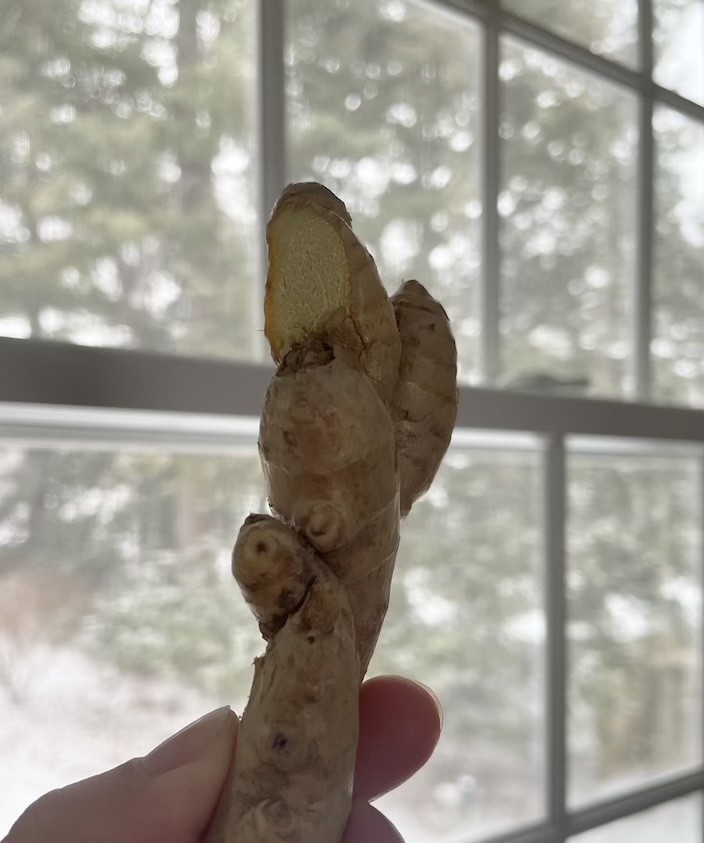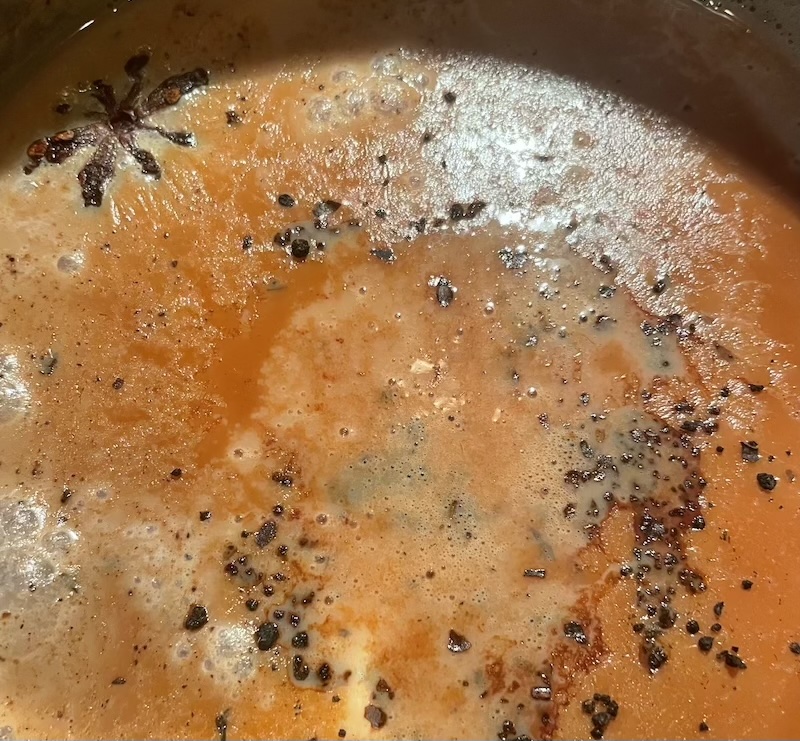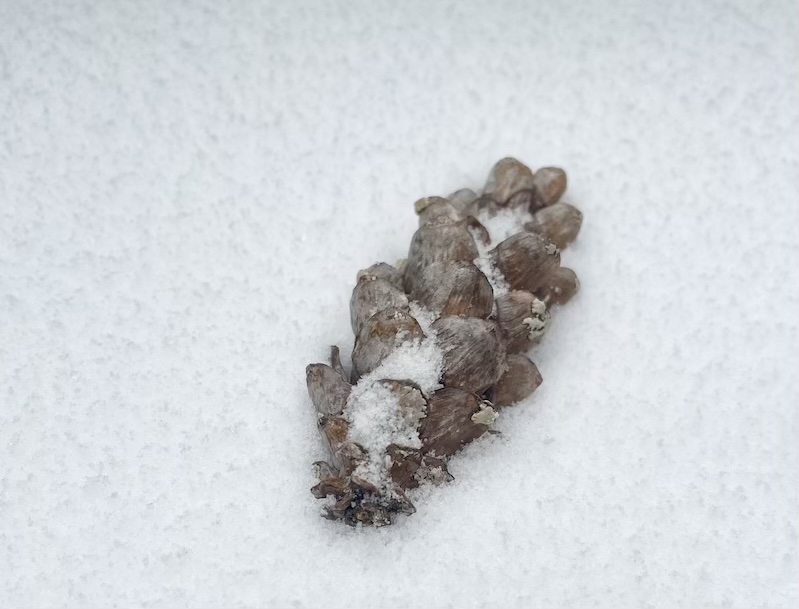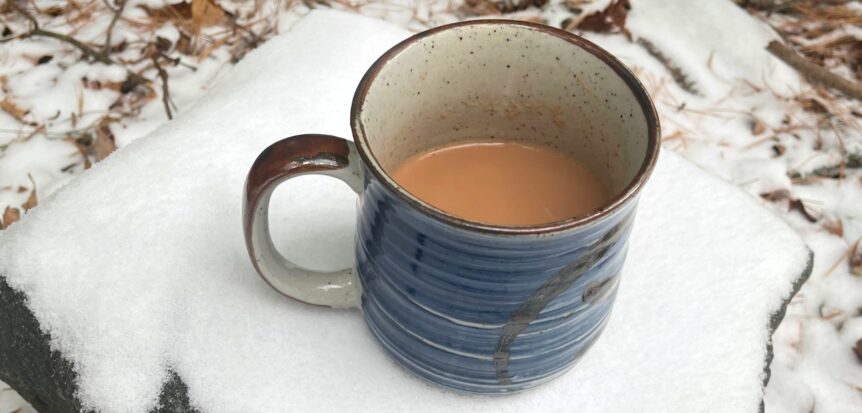Ginger is my chai’s best friend in the late winter and early spring.
The elements of the atmosphere according to ayurveda are earth + water during this period. This creates more dampness, sluggishness, stagnancy, coldness – everything a good chai can turn around.
Ingredients
- 4 teaspoons of white, black or rooibos tea (or 2 teabags of each)
- 2 cups water
- 2 cups milk (dairy or plant-based)
- 6 cardamom pods
- 1/2 teaspoon cinnamon or 1″ piece of bark
- 1 star anise
- 4 cloves
- 1/2″ hunk of ginger
- 1/4 tsp dried ginger powder
Instructions
- Bring the water, cardamom, star anise, cinnamon, dried ginger and cloves to a boil
- Simmer 5min
- Add the milk and fresh ginger, simmer gently another 5-10min or until the milk begins to rise and froth and the texture is thicker (watch closely so the milk doesn’t boil over!)
- Add the tea, remove from heat and let steep 3-5min depending on how strong you want it
- Optional: add sweetener, though keep in mind it’s best to minimize sweet at this time of year
- Strain and serve
This recipe makes 2 servings

What makes ginger good in chai?
Ginger is generally warming and helps stimulate digestion. Ginger is fine to consume year-round in moderation, though most beneficial in the cold seasons of late fall, winter and early spring.
In fresh form, it has more liquid, while the dried form is logically dry. Like increases like, so when we think about what form to use, it is helpful to consider the qualities of the season and the qualities in your body. If you tend to run dry and if it’s a dryer season for you, you’ll want to lean into the fresh ginger. If you are experiencing too much dampness and oiliness in your body and your later winter and early spring weather is wet, the dry ginger will offer more benefits.
You can adapt the ginger quantities and forms for your own needs. I include both forms in this recipe because I experience both imbalances in my body. While the weather is more damp this time of year in my area, the heat dries out the room. My body has a mixture of dryness (vata dosha imbalance) and wet imbalance (kapha dosha imbalance).

Is milk ok to drink in the cold and wet season?
This is a vital question. For a truly seasonal chai in late winter and early spring, or a chai that is balancing for a person with a highly earth/water constitution, or an earth/water imbalance, you can adapt this recipe by reducing or eliminating the milk, replacing it with more water. This is because milk is inherently cold and wet.
That said, certain types of milk can have a punch of sourness, which is a form of heat, and in chai it can be balancing to the heat of the spices and the tea. Tune into your body to find out what feels right for you. If you’re feeling stagnant and congested, perhaps skip the milk or reduce it. For more information on the elemental properties of milk, check out this article by Banyan Botanicals.

Movement is vital for balancing the elements in my body this time of year, so I like to take my chai outside for a walk. Everything tastes better with some fresh air.

